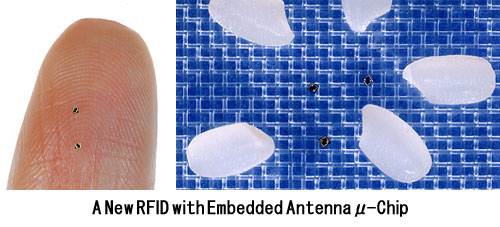Dear Editor, In response to a culturally perceived need within the Inter-Tribal Pan-Aboriginal communities of the Northern Western Hemisphere I am issuing a call for letters‚ addressing the modern Winkta and their emerging position within the tribal circle.
Upon compilation, the anticipated variety of authorship and traditions contained there-within will serve as an anthological guide for those employing the traditional truths of our nations in navigating an increasingly difficult walk upon Maka Inga with Wakan Tanka.
Following the initial physical genocide resulting from the European invasion, there emerged, in some, a pseudo-scientific posture of naive curiosity in and towards the vanquished.
Employing a necessarily biased scientific investigation methodology anthropologists observed public behaviors and relationships amongst tribal members and formulated sociological truths‚ based upon these one–dimensional impressions. These uninformed and ill-conceived conclusions eventually formed the scholarly basis for the Berdache phenomenon.
Codification by outsiders of the Berdache‚ effectively perverted a sacred tribal institution to a set of inter relational behaviors. Worse, these behaviors were embued by the European observers with religio-political prejudices. As these same European persons and institutions exercised an often lethal control over what was emerging as the system of education available to Aboriginal Americans, some assimilated their bigotry at the expense of ancient Tribal Theology.
The Two Spirited tribal member became an object of embarrassment and ridicule by the assimilated members of the tribe, and to themselves. The once sacred position in the circle between the men and the women was actively forced from the tribal culture to appease the European standard. The Winkta was forced to choose a life of insincerity, (actualizing only part of their nature), a life of ostracization, (publicly actualizing their full nature), or a life of isolation, (privately actualizing their full nature).
The Civil Rights movement of the 1960s, and most specifically the Stonewall Revolution of 1969, empowered Winktas to reclaim their identities and traditional positions.
But just as the Black Power movement revealed to African-Americans that they are not simply transplanted Africans but a uniquely original ethnicity on the continent, so too Winktas discovered that the gay-lesbian-transgendered-bisexual movement did not fully address their Two Spirited nature.
Ours is a God given reality lived fully from a masculine and feminine standpoint simultaneously. Sadly, we have not had the advantage of tribal Elders, or appropriate texts, to guide us in our development as embodiers of a truth gifted by the Creator. It is then for us to help ourselves and guide each other by sharing our lived experiences and revelations through prayerful reflections upon them.
Like other traditional societal threads in the fabric of the tribe we as Winktas maintain an orderly system of time-space relationship; a cosmology. We co-exist simultaneously in the Holy Presence of the Creator and the developing presence of the created.
The definition of our existence is in duality’s; masculine/feminine, sacred/secular, (and for many of us add multi-cultural and multi-racial). Assimilation, ignorance, and fear has degenerated the once sacred Winkta to the not infrequent butt of homophobic PowWow jokes.
For the sake of our people, and our-selves, we must move to rectify this. The Elder’s predictions concerning 2012 not withstanding, Tunkasheila invites us to this.
I am then asking for papers illustrating the lived experiences of Winktas; from the mundane every day walking a Red path that navigates through difficult at best, hostile at worst, realities to the appropriate sharing of prayer and ritual practices. It is my goal to provide emerging Two Spirits with the guidance that has been here-to-fore lacking in our culture, and to provide a resource to re-educate and rectify the biases of the past.
Your contributions remain your property. If selected for inclusion in the anthology your authorship will be admonished and you will receive an appropriate percentage of the royalties. Please post all submissions to me at the following e-mail address:
Joe Russell III, FCT
Angshe B’Neshe Tienna (Arapaho)
j.russelliiifct@worldnet.att.net
This email address is being protected from spambots. You need JavaScript enabled to view it.
\












